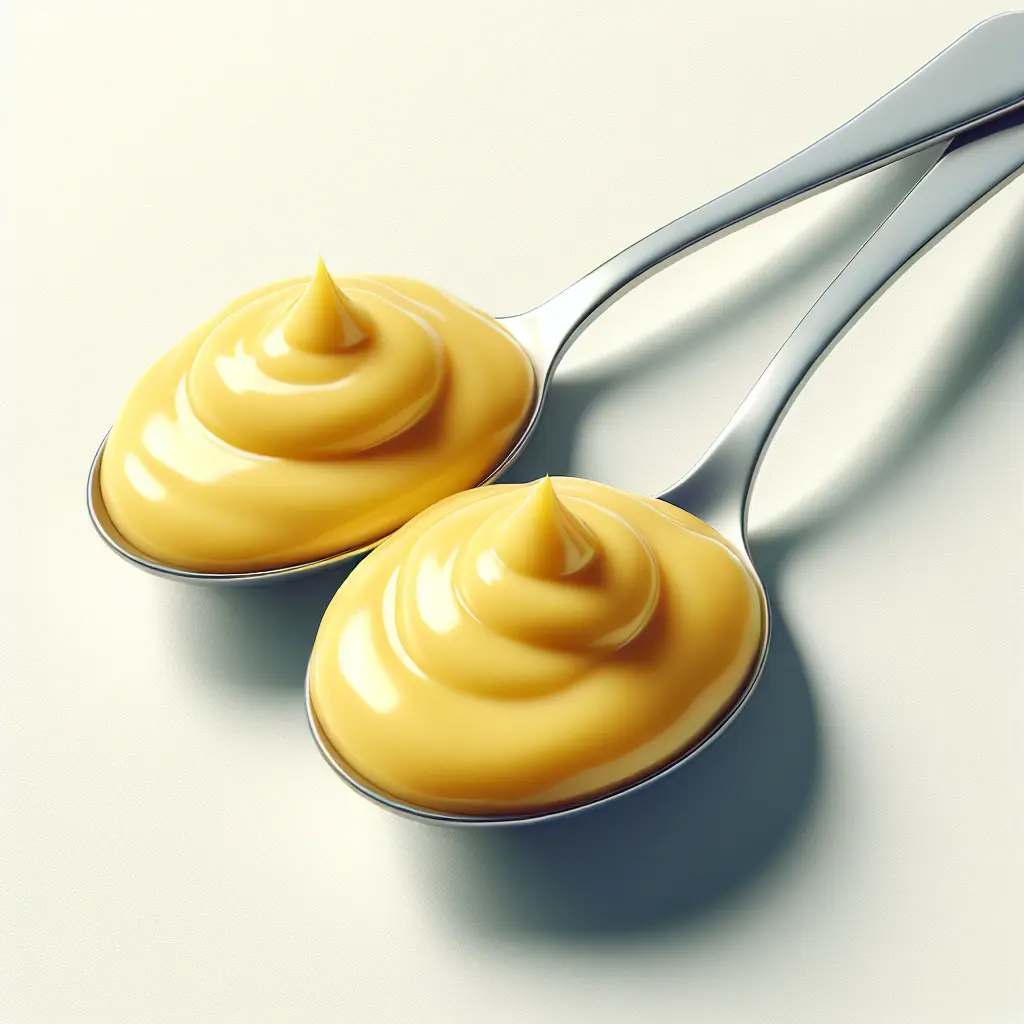Hollandaise Sauce: A Culinary Masterpiece
Hollandaise sauce, a cornerstone of French cuisine, stands as a testament to culinary excellence. Its rich, velvety texture and delectable flavor have captivated palates for centuries, making it a beloved accompaniment to a variety of dishes. From its humble origins to its enduring legacy, hollandaise sauce continues to enchant food enthusiasts and culinary professionals alike.
Historical Origins
The exact origins of hollandaise sauce remain shrouded in mystery, with culinary historians tracing its roots back to the 16th century. Some believe it emerged in the Netherlands, while others attribute its creation to French chefs. Regardless of its birthplace, hollandaise sauce quickly gained popularity throughout Europe, becoming a staple in royal courts and aristocratic banquets.
Versatile Culinary Companion
Hollandaise sauce is renowned for its versatility, complementing a wide range of dishes. Its classic pairing with eggs Benedict is a match made in culinary heaven, enhancing the flavors of poached eggs and Canadian bacon. Additionally, hollandaise sauce is a perfect accompaniment to grilled asparagus, its richness balancing the vegetable's mild sweetness. Seafood dishes, such as poached salmon or grilled shrimp, are also elevated by the sauce's velvety texture and delicate flavor.
Culinary Secrets Revealed
Creating the perfect hollandaise sauce requires a delicate balance of ingredients and precise execution. The traditional method involves whisking egg yolks with melted butter over a double boiler until the sauce thickens and emulsifies. However, modern techniques, such as using a blender or food processor, can simplify the process.
- Egg Yolks: Fresh, high-quality egg yolks are essential for a rich and flavorful sauce. Ensure they are at room temperature to prevent curdling.
- Melted Butter: Clarified butter, made by removing the milk solids from unsalted butter, produces a smooth and velvety sauce. Use high-heat butter for optimal flavor.
- Whisking: Constant whisking is crucial to prevent the sauce from breaking or curdling. Use a whisk with fine wires for best results.
- Lemon Juice: Fresh lemon juice adds a touch of brightness and acidity to the sauce, balancing its richness. Use sparingly to avoid overpowering the other flavors.
Conclusion
Hollandaise sauce, with its rich history and culinary versatility, remains a beloved staple in kitchens worldwide. Its velvety texture, delicate flavor, and ability to transform ordinary dishes into extraordinary creations make it a true culinary masterpiece. Whether enjoyed with classic pairings like eggs Benedict or used to elevate seafood and vegetables, hollandaise sauce continues to captivate palates and inspire culinary creations for generations to come.
How many calories are in Hollandaise?
Each 2 tbsp of Hollandaise contains 165 calories.
Hollandaise Nutritional Information
| Nutrient | Amount per 2 tbsp (35g) |
|---|---|
| Calories | 165 Calories |
| Protein | 1.6g |
| Fat | 18g |
| Saturated Fat | 11g |
| Cholesterol | 0.133mg |
| Carbohydrates | 1.1g |
| Dietary Fiber | 0.3g |
| Sugar | 0.2g |
| Sodium | 0.518mg |
| Potassium | 0.027mg |
| Calcium | 0.019mg |
| Iron | 0.0003mg |
